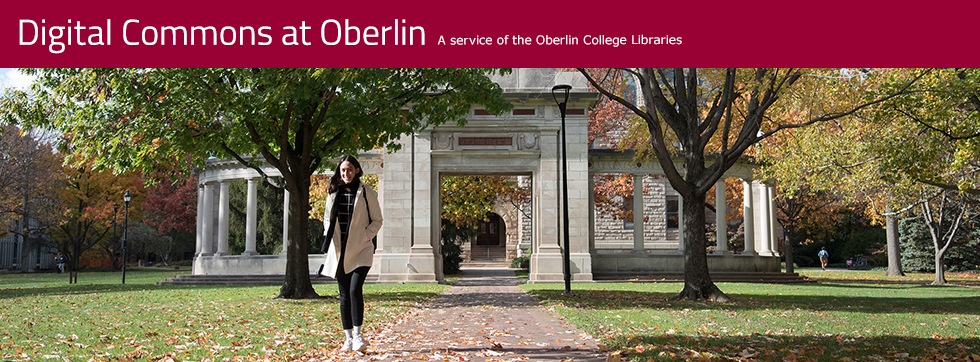Title
A Fascinating Interracial Experiment Station: Remapping the Orient/ Occident Divide in Territorial Hawaii
Abstract
During the 1920s and 1930s, American intellectuals on the U.S. continent often described Hawai'i as a "racial frontier," a meeting ground between East and West where "unorthodox" social relations between Native Hawaiians, Asians, and Caucasians had taken root. The frontier metaphor evoked two very different images, the "racial paradise" and the "racial nightmare," and in both characterizations, Asians figured prominently. In 1930, of the islands' civilian population of nearly 350,000, about 236,000 or 68 percent were classified as Japanese, Chinese, Filipino, or Korean. Political, religious, and educational leaders in Hawai'i were the main propagators of the racial paradise image, which expressed optimism in the ability of Caucasians and Asians to live together, while also celebrating the presence of Portuguese, Spanish, Puerto Ricans, Native Hawaiians, and an array of mixed-race groups. They touted the assimilative powers of American institutions and promoted Hawai'i as a model of colonial progress to audiences on the U.S. mainland. David Crawford, the president of the University of Hawai'i, summarized this view during a 1929 visit to Los Angeles where he spoke before a group called the Advertising Club. Hawai'i society, explained Crawford, was "demonstrating the possibility of the meeting of Orient and Occident on terms of friendship that practically eliminate race prejudice." This celebration of interracial harmony and cultural assimilation contrasted with views advanced by West Coast nativists who portrayed Hawai'i and its preponderance of Asians in the population as a cautionary example of the pitfalls of American expansionism. During debates in the early 1920s over renewing the Alien Land Law in California, anti-Japanese agitators cited Hawai'i as a failed experiment where the color line had been irretrievably breached by a vanguard force of unassimilable "Asiatic" labor. Marshall De Motte, the chairman of the California State Board of Control, urged that Japanese on the West Coast "must not be allowed to gain a foothold that will eventually enable them to control a single state of the nation as they virtually control Hawaii today." Claiming that Japanese and other Asians in the islands had already sapped "our vital strength and drained our finances," Motte implored Californians to guard themselves against the same fate. In the meantime, a group of American social scientists and intellectuals sought to add a third perspective on Hawai'i, one they claimed was scientific and objective in comparison to the simplistic "paradise" and "nightmare" characterizations. They called the islands a "racial laboratory" where social relations broke from conventional codes of racial conduct in the United States. Led by sociologist Romanzo Colfax Adams of the University of Hawai'i, these researchers published their work in books and academic journals and also had their findings reported on in major newspapers and magazines across the continental United States. Many of them were associated with the so-called "Chicago school" of sociology and had studied race relations on the West Coast and in urban America. While their findings would educate readers about Hawai'i's unique society, they were ultimately meant to yield insights about racial dynamics and social change that might be brought to bear on understanding and solving race problems in other parts of the United States. Building on the work of scholars such as Jonathan Okamura and Lori Pierce, who have critiqued the role of early twentieth-century academics in propagating Hawai'i's "unorthodox race doctrine," this essay describes social science writings produced in the 1920s and 1930s that focused on Asians and interracial marriage in the islands. Because these subjects generated significant concern and debate in parts of the continental United States at the time, the writings shed light on how influential early twentieth-century American scholarship and thought was shaped by the backdrop of extra-territorial expansion into the Pacific and anxiety over the presence of Asian people in the United States. Historian Henry Yu has incisively demonstrated how the Chicago sociologists studying Asians primarily on the West Coast upheld the liberal orthodoxy that Asians could assimilate to American society, while at the same reproducing many of the Orientalist stereotypes that pervaded American racial thinking during this period. Building upon these insights, we find that the researchers...
Repository Citation
Lee, Shelley Sang-Hee and Richard Baldoz. 2008. "A Fascinating Interracial Experiment Station: Remapping the Orient/ Occident Divide in Territorial Hawaii." American Studies Journal 49(3): 87-109.
Publisher
Center for United States Studies
Publication Date
1-1-2008
Publication Title
American Studies Journal
Department
Sociology
Document Type
Article
Notes
Record for R. Baldoz. Additional record for S. Lee: https://digitalcommons.oberlin.edu/faculty_schol/1180/
Language
English
Format
text

